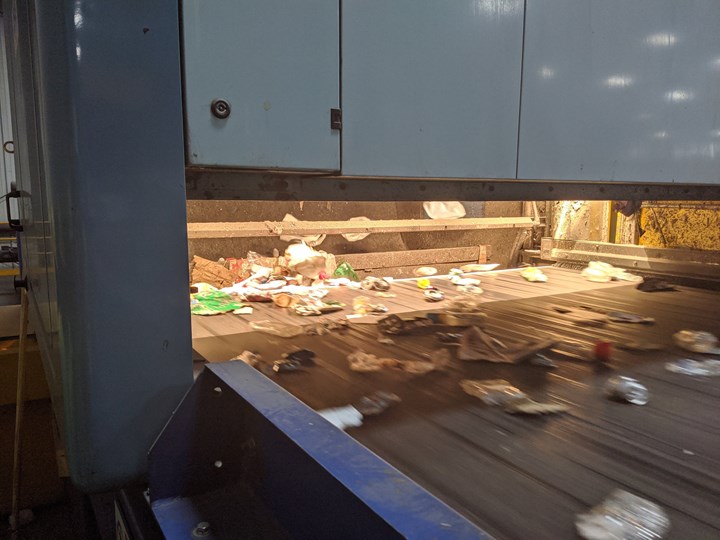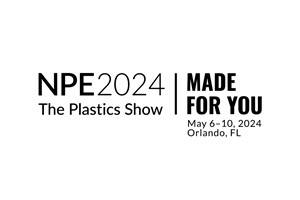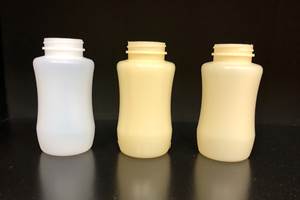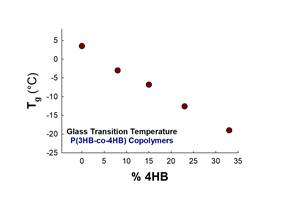Chemical and Mechanical Recycling Can Coexist. Will They?
Emerging technologies present advantages and challenges
There seems to be little doubt that chemical or molecular recycling (pyrolysis and a magnificent variety of other technologies) will be a big part of the plastics recycling industry in the near future. The EU looks to increase chemical recycling capacity to by 2030. The largest chemical companies in the world are getting involved: BASF, Sabic, Exxon, Shell, etc. This morning, Dow and Mura held a press conference on a planned facility in Bohlen, Germany, and teased future announcements on facilities in Europe and the US.
A common refrain among commentary from leaders and spokespersons is that mechanical recycling is still the preferred method for recycling plastic, with the new technology they are championing picking up for grades and materials that can not be mechanically recycled, or at least not economically (an important distinction).
This makes a lot of sense. For one thing it seems wasteful to replace recycling streams that are largely successful with existing infrastructure. PET bottles, for instance. Existing processes are in place that are mechanically recycling a large portion of the post-consumer PET bottles, and we know rates can be much higher because they already are in Europe, where collection is more effective.
Another consideration is the low environmental impact of mechanical recycling. Chemical recycling’s flagship process, pyrolysis, requires high temperatures and therefore a significant amount of energy. There are other outputs, but the one that has gotten the most study is carbon. Life cycle analyses place pyrolysis somewhere between mechanical recycling and landfill, in terms of carbon footprint.

A machine at my local MRF picking PE bottles out of a stream of mixed waste. Purity is critical to success of mechanical recycling processes, and the physical form of a bottle is suited to sorting.
It seems only natural that chemical recycling be a backstop there. Where mechanical processes are challenged by material type, grade, degradation, or contamination; pyrolysis or other new processes can step in, take it back to monomer, and keep the waste out of the landfill. As time goes on, as collection rates improve, as brands meet their 30% recycled content goals; mechanical recycling will get more challenging. Undoubtedly, mechanical recycling will also continue to get better at dealing with degradation, but this race is another source of uncertainty. It’s no risk to say recycling technology will improve, recycling economics are harder to predict.
According to a recent report, the price difference between bales of mixed polyolefin and HDPE mono-material has hit a record low in Europe. The analysis, by Mark Victory, attributes this partly to pricing support provided by chemical recyclers, for whom a mixed bale is as good as any, picking up the slack from a dip in purchases by mechanical recyclers.
It could well be that in the short term the mechanical recyclers were not buying because they had all the recycling they can use and, great, the plastic didn’t go to waste. It’s only a problem if the pricing pressure is persistent and dissuades investment in mechanical recycling. But it shows that pressure exists. Could it have different results in a different situation? I wonder what would happen in a large non-EU country with no carbon tax.
It's appealing to imagine a future mosaic of recycling technologies, with enhanced collection and sorting distributing exactly the right material type and grade to exactly the right tile. It’s absolutely achievable, but it will take care, it would be quite a stroke of luck if it just happened that way.
Related Content
Processing Megatrends Drive New Product Developments at NPE2024
It’s all about sustainability and the circular economy, and it will be on display in Orlando across all the major processes. But there will be plenty to see in automation, AI and machine learning as well.
Read MoreHow to Extrusion Blow Mold PHA/PLA Blends
You need to pay attention to the inherent characteristics of biopolymers PHA/PLA materials when setting process parameters to realize better and more consistent outcomes.
Read MoreMultilayer Solutions to Challenges in Blow Molding with PCR
For extrusion blow molders, challenges of price and availability of postconsumer recycled resins can be addressed with a variety of multilayer technologies, which also offer solutions to issues with color, processability, mechanical properties and chemical migration in PCR materials.
Read MoreFilm Extrusion: Boost Mechanical Properties and Rate of Composting by Blending Amorphous PHA into PLA
A unique amorphous PHA has been shown to enhance the mechanical performance and accelerate the biodegradation of other compostable polymers PLA in blown film.
Read MoreRead Next
Lead the Conversation, Change the Conversation
Coverage of single-use plastics can be both misleading and demoralizing. Here are 10 tips for changing the perception of the plastics industry at your company and in your community.
Read MoreSee Recyclers Close the Loop on Trade Show Production Scrap at NPE2024
A collaboration between show organizer PLASTICS, recycler CPR and size reduction experts WEIMA and Conair recovered and recycled all production scrap at NPE2024.
Read More











